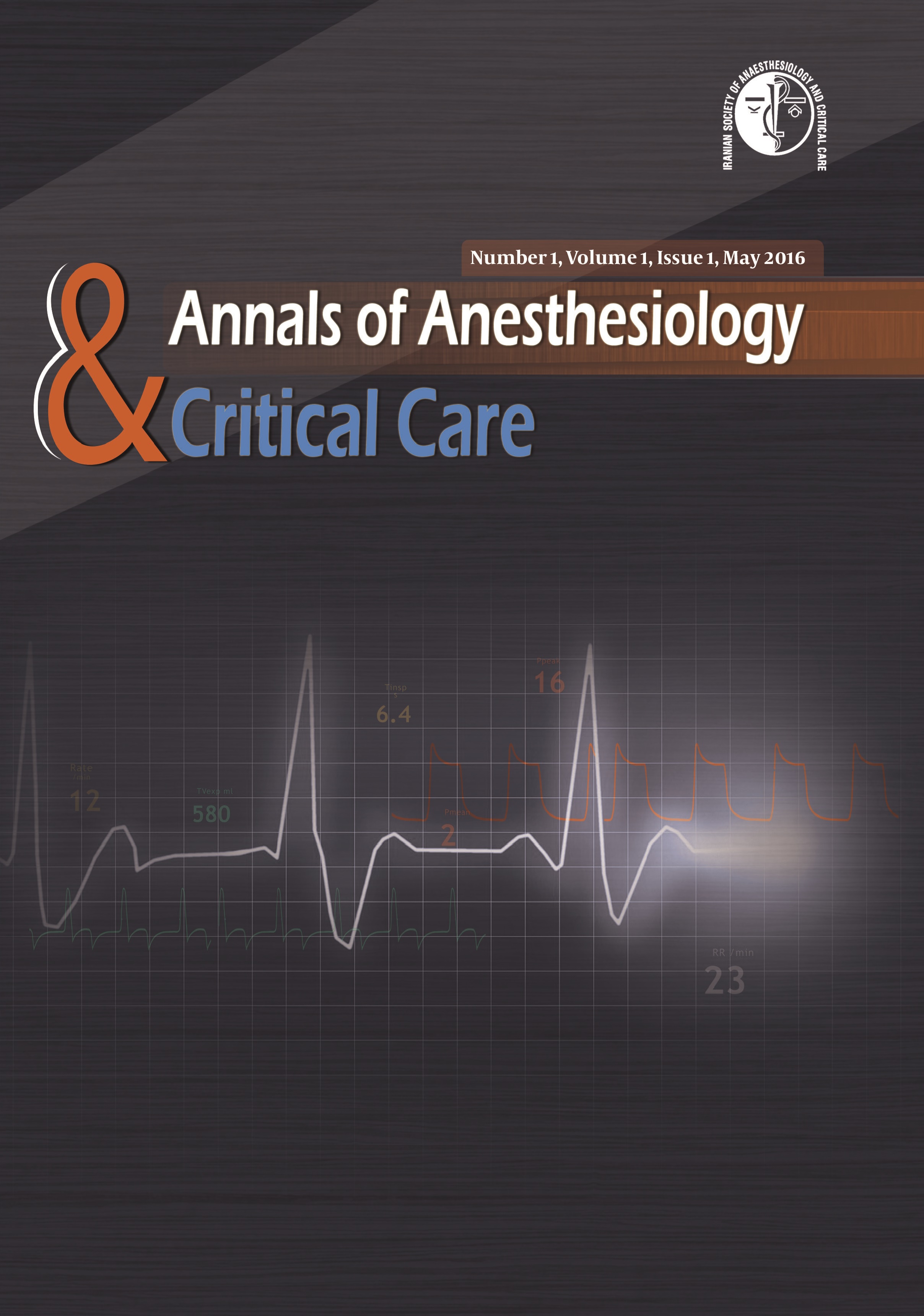Dear Editor,
There is a traditional belief that higher costs are associated with better performance and clinical outcome.
Sure, this assumption is not true as far as we go. There is a need to consider ‘value for money’ in providing health services (1). In countries with limited financial resources the importance of clinical decision making based on value rather than price is doubled. Preliminary investigations show that there is a room for cost saving measures in all disciplines of clinical practice without negative impact on health outcomes. To be accurate, allocating economic resources on a ‘value-based’ approach is more affordable than ‘free-for-all’ approach (1). However, there are some public and governmental concerns with this reforming. Is it ethical to deprive patients from effective but expensive treatment modalities? Is it reasonable to deprive medical students from practice with costly treatments and medications? May this approach fade educational purposes or research activities? These questions should be asked but may not stop the process of reforming the allocation of resources on a value-based approach in a reasonable health care system.
There is no “one-size-fits-all” approach to value-based practice among medical disciplines. Cost-minimization analysis is a type of cost-effective analysis where the alternatives are considered equivalent. Although the effects of anesthetics are not equal, their difference is not big enough to be clinically significant in most of scenarios.
Thus, cost minimization surveys targeting the elimination of certain medications could be considered reasonable (2). Regarding the fact that cost of services, devices and medications are unknown to the majority of clinicians, clarifying the costs is the first step in cost minimization plans. As a miniature of cost minimization in the discipline of anesthesia practice, we estimated the cost of induction and maintenance of anesthesia with commonly used medications.
Our survey shows that among intravenous anesthetics etomidate is 12 times more expensive than ketamine and should be reserved for certain conditions. Sodium thiopental, propofol and benzodiazepines remain reasonable choices regarding their average cost (Table 1). For maintenance of anesthesia, sevoflurane is several times more costly than other anesthetics. As an example, it is nine times more costly than other commonly used volatile agent isoflurane. In our center it is a usual practice to apply inhalation induction of anesthesia with sevoflurane in small kids without intravenous access. It is wise to switch from sevoflurane to isoflurane for maintenance of anesthesia in pediatrics with comparable safety and efficacy of volatile agents. Among intravenous drugs, propofol is the commonly used but expensive choice. In most patients it could be safely replaced with other medications namely midazolam especially for maintenance of anesthesia. It is widely accepted that only in a minority of patients’ particular medications may be safer or have superiority over the cheaper substitutes. Earlier studies have evaluated the effects of limited access to the relatively expensive drugs of remifentanil, dexmedetomidina and desflurane.
The results demonstrated some drug cost savings without significant effect on clinical outcomes or duration of hospital stay (3-5). The reasonable approach is to identify cost contaminant interventions and actively replace the appropriate interventions and medications. A study of surgical costs in the U.S. private setting showed that operating rooms included 40% of hospital expenses, while 70% of the hospital’s income is from the operating room(6). Drug costs (anesthetic and non-anesthetic) account for 6% of the total costs of the hospital, 22% of which is owned by anesthetic agents. The cost of intraoperative anesthetic drugs included only 5.6% of the perioperative costs. Despite a small percentage of the total perioperative costs of anesthetic drugs, we need to find interventions that have a reasonable cost to be implemented.
In summary, habitual use of anesthetics without considering their prices precludes the cost-effective administration of them. It should be noted that the existence of a costly medication in the market does not necessarily translate to higher benefit compared with alternatives. The clinicians should restrict the use of these medications when their added benefit is not proven or is not large enough to warrant their administration. This strategy will help to reduce the drug shortages especially in health systems with limited financial resources. In educational centers, it is worthwhile to maintain access to multiple anesthetic drugs for educational and research purposes. Finally, as Sir Muir Gray, chief knowledge officer, UK National Health Service says “Doing things right is only half the story- it is also essential to use our limited resources most effectively by identifying and discontinuing lower value activities”.
